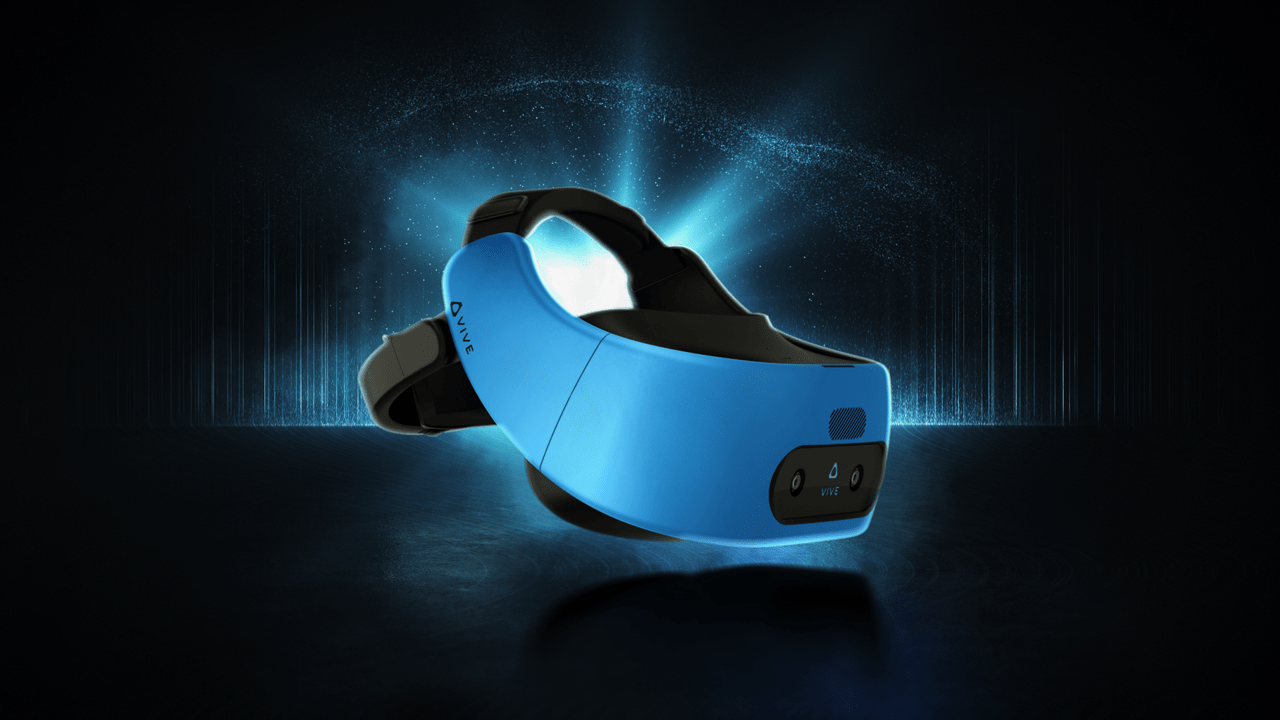It’s been two years since the HTC Vive and the Oculus Rift found their way into the hands of early adopters. Out of the gates, HTC crushed Oculus. But Oculus pivoted, added room-scale, dropped their price, and now they’re outselling the “premium” HTC Vive.
A year ago, if you’d asked anyone in the VR sphere, they would have told you the next iteration of VR was years away. But a lot has changed in the last year. In October 2017, Oculus announced two new headsets, the Go and the Santa Cruz.
Then HTC announced their answer, the Vive Focus and the HTC Pro.
The focus this year is on standalone headsets. Mobile versions of VR headsets once required an expensive phone with a pristine screen. Higher-end VR headsets required an expensive PC, external sensors or light arrays, and cords … lots of cords.
This new phase of VR headsets promises to do away with almost all of those things. Here’s where we are in the race to cord-free and standalone VR.
1. Oculus Go and the Santa Cruz
At Oculus Connect 4, Mark Zuckerberg made a bold statement. He wants to get a billion people in VR. And at the same conference, he announced two new headsets, the Go and the Santa Cruz.
The Go
The Go is a major upgrade to the Gear VR, which was a partnership with Samsung. The new mobile headset will be completely standalone, with no phone required.
It will cost $200 and come with a tracked motion controller. The specs basically mimic a smartphone with WQHD LCD instead of OLED. It will run with a Snapdragon 821 processor, which is just as fast as a Samsung phone.
Where this headset falters is in its head tracking. It still does not have positional tracking. This means you can only look up or down and side to side.
You can’t bend over and examine an object. This means the kinds of games you can play with it will be limited. You’ll be able to play tabletop games like Catan, you’ll be able to play wave shooters that keep you in place, and you will be able to try out cockpit-style games.
Outside of gaming, the Go will be an excellent way to watch Netflix and Hulu from the comfort of your own private theater. And we know that some people will secretly be watching porn as well.
The Santa Cruz
We actually know very little about the Santa Cruz headset. It will supposedly be fully standalone, and the prototype Oculus showed off at Connect 4 included a smartphone strapped to the back of the head.
We do know that the controllers will be different than the Oculus Rift Touch controllers. The focus will shift away from analog sticks and buttons and move toward infrared sensor tracking like that tech that already tracks your fingers on the current-gen Touch controllers.
Six degrees of freedom is the other promise with the Santa Cruz. With the Go, there is no positional tracking, but with the Cruz, you should be able to stop and “smell” the flowers if you like.
Image courtesy of Vive
2. HTC Vive Focus and HTC Vive Pro
While HTC is ahead of Oculus in releasing a new headset, they’ve still released nothing in the United Staes. China already has the Vive Focus, and we’re slated to see the standalone later this year.
The phone company will also release the HTC Vive Pro later this year.
The Focus
The HTC Vive Focus is HTC’s answer to the Go. It includes a slightly higher capacity processor with the Snapdragon 835 and six degrees of freedom.
While this is an upgrade compared to the Go, is it worth three times the price of the Go? Especially when Oculus already has the Santa Cruz in the works to best the Focus?
Everything else about the Focus is the same as the Go. You have similar refresh rates, similar displays, and even a single, tracked motion controller. And admittedly, Go’s design is much prettier. The Focus almost looks like a child’s toy in comparison.
But who are we to judge? None of us has even tried either of these headsets on.
The Vive Pro
For a while now we’ve heard the buzz about the Vive Pro. This is HTC’s upgrade to the original HTC Vive. It features upgraded screens and lenses, built-in audio, a premium head strap, and dual chaperone cameras in the front. All to the tune of $800 for just the headset.
This doesn’t include lighthouse bases or Vive wands.
And if you want to go wireless, you can buy the TPCast, which will currently set you back $300. And that’s not to mention the beast you need to run the Pro. HTC just announced that if you’re running NVIDIA, you’ll need at least a GTX 1060.
This means that if you want to get the most out of the Pro, you’ll need to sell your kidneys because, ya know, cryptocurrency mining?
Too Early to Call
What we all need to remember is that nothing is in consumer hands outside of China. It’s too early to tell if HTC will up their game or if Oculus will fail in their promises (hopefully they’ve learned their lesson).
RIght now, appearances tell us Oculus is ahead in the game. But we’ll see.
Where do you think VR will end up? Let us know in the comments below, and stick with GameSkinny for more VR-related content in the future.








Published: Mar 27, 2018 04:17 pm